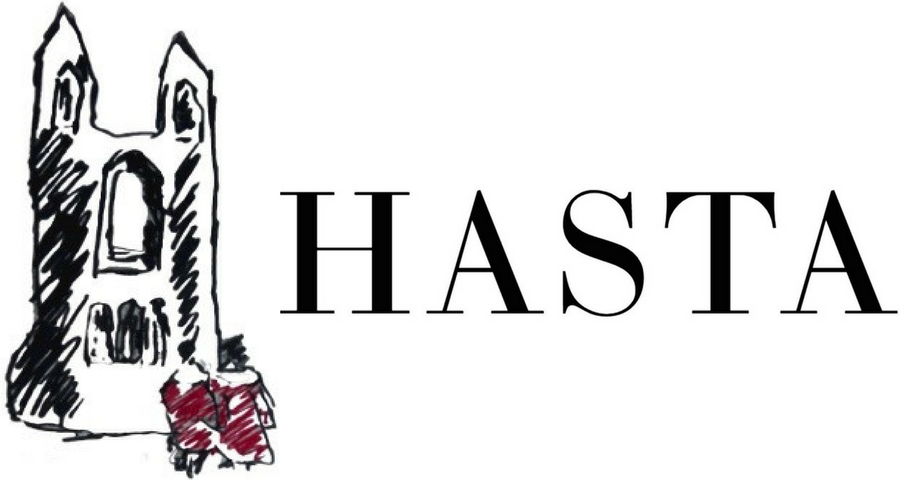From $56 to $100,000,000: ‘The Last da Vinci’ Goes On Sale
By Lily Ratcliff
Leonardo da Vinci, Salvator Mundi. Oil on walnut panel. Panel dimensions: 25 13/16 x 17 15/16 in (64.5 x 45.1 cm) top; 17¾ in (45.6 cm) bottom; Painted image dimensions: 15⅜ x 17½ in (64.5 x 44.7 cm). Courtesy of Christie’s Images Ltd. 2017.
In 1958, a forgotten painting sold for a mere $56, but today the rediscovery of ‘The Last da Vinci’ is estimated to sell for over $100,000,000 at Christie’s Auction House in New York, on November 15th of this year. The sale is predicted by many art investors to break sale records and reshape the trends of the current art market. Until mid-November the world awaits with bated breath what surely will be the sale of the century.
Leonardo da Vinci’s Salvator Mundi (c.1500) has been called by Christie’s ‘without question the greatest artistic rediscovery of the 21st century’. The painting depicts an ethereal image of Jesus Christ with his customary symbols: right hand raised, long brown curls, and blue robes. However, the absent nimbus around the head of Christ and the inclusion of a glass orb, have posed a series of complex questions for art historians for many years, including the origins of the work, the purpose of this depiction and the thematic connotations of the painting. Prior to the arrival of the painting in England in 1625, which travelled with Queen Henrietta Maria when she married King Charles I, it is believed that the painting may have been commissioned by the French royal family, however, there are no legitimate sources that confirm this rumour. Instead, art historians do know that the painting remained in England until 1763 until it disappeared for almost 150 years, its location and personal history during this time remains unknown, although the painting resurfaced at the turn of the 20th century oddly appearing in the private ownership of Sir Frederick Cook, in Virginia, USA, who later sold the work in 1958 for $56 (£45) but under the belief that the painting was attributed to one of the assistants in da Vinci’s Milanese studio. The painting remained hidden for several years until 2005, when Alexander Parish, a New York art dealer, put the painting up for sale for $10,000, but it remained in his possession until Yves Bouvier purchased the work for $75 million in 2013. Bouvier then sold it to Russian billionaire, Dmitry Rybolovlev, for $127.5 million, who is now the current seller.
Rybolovlev invested millions in restoring the work as it had been damaged over time. Through this process, and to the amazement of many, it was confirmed to be a genuine da Vinci. In terms of its composition, the brushstrokes are delicate and refined, the use of blue and gold is skilful and the solid black background forces the figure forward within the frame, illuminating the religious symbolism of the Christ figure in this position. Without a doubt, this work embraces the style seen in Leonardo’s other works, such as St John the Baptist (1513) and The Virgin Mary on the Rocks (1485), as there is a stark resemblance in both paint application, and tone; the style is delicate and wispy, not heavy-handed or forceful, there is a sense of nostalgia and the divine. In terms of symbolism this painting is peculiar. Art historian, Walter Issacson, notes that the orb itself is an intriguing element of the painting, and something unique to this work’s own narrative, suggesting perhaps the link between science and art; an attribution that would be connoted to da Vinci centuries after his death.
Nonetheless, the mystery that surrounds this work and the journey it has taken for the painting to resurface has accumulated in much anticipation for the upcoming auction. Whatever, the price the painting finally sells for, this is the only genuine da Vinci masterpiece available at auction, and possibly the last. Until November 15th the art world must wait…
**** Please see our post-sale follow-up article here!
Bibliography
'8 Things You Should Know About Leonardo da Vinci’s ‘Salvator Mundi,’ His Holy Mona Lisa', ArtNet News, 2017. https://news.artnet.com/art-world/8-things-know-100-million-da-vinci-discovery-salvator-mundi-1111775
'The Last da Vinci', Christie's, 2017. http://www.christies.com/features/The-last-da-Vinci-Salvator-Mundi-8598-3.aspx
'Mystery over Christ's orb in $100m Leonardo da Vinci painting', The Guardian, 2017. https://www.theguardian.com/artanddesign/2017/oct/19/mystery-jesus-christ-orb-leonardo-da-vinci-salvator-mundi-painting

